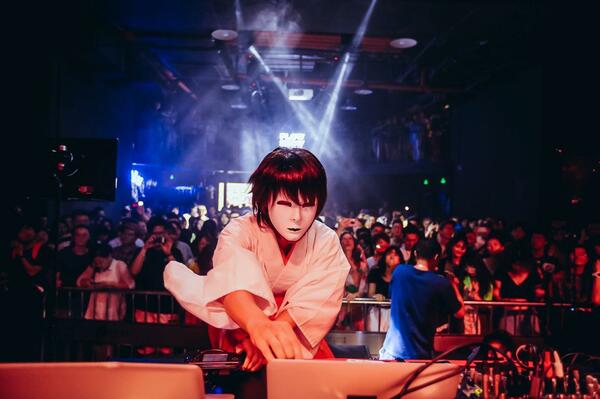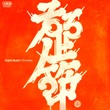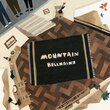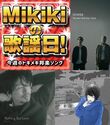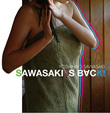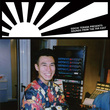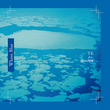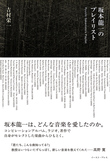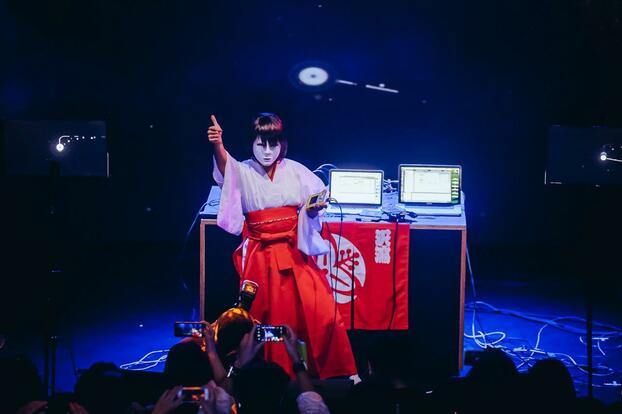
Making sushi with what I ate and found delicious
-The appearance is also characteristic, but personally, when I first saw the live concert, the first song was "Sangai Bushi" and I was shocked by the harmony of that song. Where does these unique way of using chords come from?
As for Japanese folk songs, melodies are refined and you can listen to them, but on the other hand, chords and rhythms are not so much part of Japanese folk songs.That's why I thought that such refined melodies have a chance to be re-harmonized from a completely different place. The chords of "Sangai Bushi" were not come from traditional Japanese folk songs, but rather the chords of jazz organs or hymns. Even if you bring that kind of harmony to Japanese folk song, it may fit perfectly depending on the thing. This re-harmonizing is especially between a jazz organ and a church organ.
-If you make a mistake, the sound and sound will hit each other and make you feel sick. It seems to feel good at the last minute. Are other songs based on such music?
Basically I try to put the chord progression I brought from other songs on Japanese folk song and find a match. In some cases, Akiko Kanazawa improvises a song on top of tracks.
-In this album, there are various genres like Mambo and Bossa nova phrases, and I think you study music from all over the world.
I'm not doing much research though,all I have to do are repeating the code progressions that I like, trying to put various folk songs on them, and finding the right combinations. Indeed that might be something like research or experimentation, I feel like I'm making sushi with what I ate and found delicious.
-Jazz and rock, for example, have been tried and adopted by many artists, in the other side I think it's rare to combine Japanese folk songs, mambo, and chip tune. I thought the reason why folk songs are easy to match with various genres is that there are many songs without accompaniment because of oral tradition.
Indeed. Japanese folk songs were passed down by mouth, so even though they were the same folk songs, they were a little different in each region, and some of the songs passed down were almost extinct. In the 20 century, recording techniques and printing were developed, so there was a movement to record them directly or record them on scoring, and then they remained.
There is an impressive episode about "Kokiriko-bushi" which is also included in this album. Actually, "Kokiriko-bushi" has been sung for about 1800 years, but one day in 20century there was only one grandmother who could sing it in Toyama Prefecture. Fortunately it didn't become extinct because someone recorded it in the Showa era.
-Oh, I think it has something to do with Omodaka's activities. On the other hand, you are not dealing with only traditional folk songs like but you are dealing with a new folk song which was born in Showa era like "Chakkiri Bushi",right?
I didn't know that "Chakkiri Bushi" is a new folk song, and I didn't know that until I asked Akiko Kanazawa about it, even there are many cases like that. "Chakkiri Bushi" is a folk song made in the Showa era, which is less than 50 years since the composer, Kasho Machida died. Its lyric was written by Hakushu Kitahara. Kasho Machida is not only a composer, but also a researcher who has continued the activity of collecting local folk songs, and perhaps the original form of "Chukkari Bushi" may be a folk song somewhere. It may have been created by what we now call remixing or editing, and I find it interesting very much.
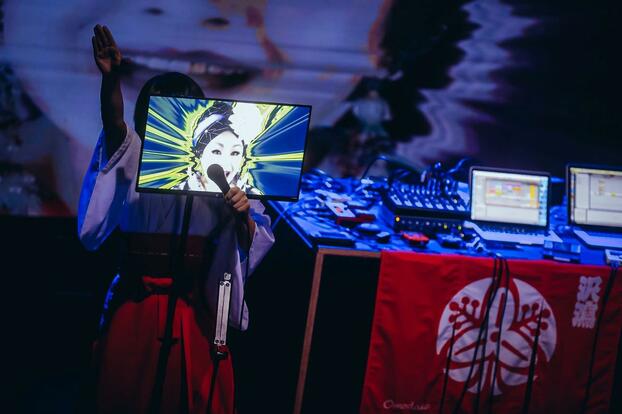
Meeting Japanese folk singer Akiko Kanazawa
-Is the vocal of Akiko Kanazawa prepared in advance? Or does she sing for Omodaka?
What we use under the name of Omodaka is recorded for Omodaka. As I said before, in order to do an experiment like "Does this cord progression fit this vocal?", we sometimes have Kanazawa sing it with the accompaniment of pure Japanese traditional music, and extract it to just a vocal. On top of that, once the shape is made, Kanazawa may sing it again or use it as it is.
-When it comes to Kanazawa, She is already a legendary figure in the Japanese folk music scene though, what is the appeal of her voice?
Kanazawa, of course, both the tone of her voice and the expressive power of her songs are wonderful though, other than that, the jazz improvisation where you can think of a melody line just by listening to a rhythm or a backtrack is very good. Like a rapper who begins to rap as soon as they listen to a track, she sings a folk song on top of another song. I think she has more than the so-called "singer".
-Does the track of Omodaka change the way Kanazawa sings or the melody line?
Yes,it does. It is often the case that she intentionally change the way of singing to match the Omodaka track when she were asked to re-sing from the first temporary recording. On the other hand, there are cases where they are too smooth against the Omodaka tracks. We use the temporary vocal in those case.
-Isn't it a hard work for both Kanazawa and you?
There are times like that, and there are times when we can do it quickly.
-Also, Kanazawa appears a lot in the LCD screen in the live performance, doesn't she? As a viewer, I'm just worried if Omodaka can transform her that much.
From the begining, it was said that Kanazawa would not be able to sing on the stage of Omodaka, while I got permission to appear in LCD screens. Each song has a quite different makeup and hair style, Kanazawa's idea like "This song looks more interesting in this way" comes up spontaneously from her. Then when you think like "Wow, she's dressed like that!", it would be actually Kanazawa's own idea.
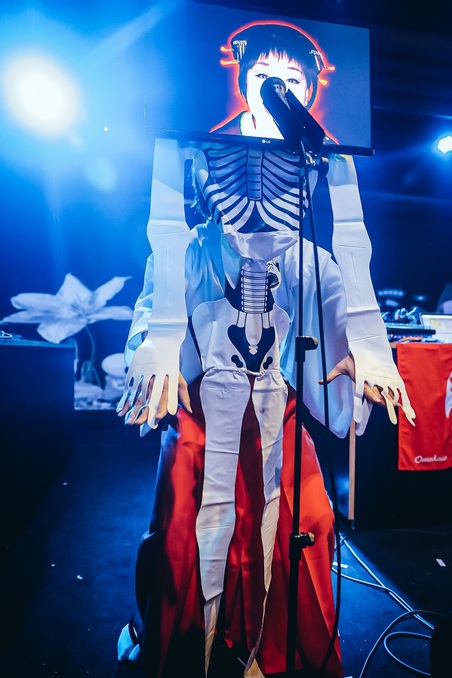
-I see.How did You and Akiko Kanazawa meet in the first place?
The occasion I listened to Kanazawa's songs was that in the early 90's there was a project to make Kanazawa's house mix. And I took a part of it for Kanazawa Akiko House Mix 1 though, I had never listened to Japanese folk songs before that.
-Now it is an unable project without Kanazawa, isn't it?
Kanazawa sang Omodaka including the video shooting, so I can't play Omodaka without her cooperation.
-"Tosa Minen" in this album is originally Kanazawa's song, and you also arranged its version, right?
Yes. I arranged original version of "Tosa Minen". Usually, changing the chord progression of a composer is NOT something we do in an arrangement, but the director understood and agreed to do that way like re-harmonizing. When the album was almost finished I wanted something completely different from folk songs, so I came up with the idea of covering Kanazawa's music with Omodaka. I just didn't care if it became bizarre. Then we recorded Kanazawa's vocal again.
-It became Drum'n' Bass style which is completely different from the original. If they don't say anything, it's Omodaka's song, but if you know the original, they can possibly be surprised at that.
Yes,they can. I think it will be interesting if you listen and compare it with the original song.

